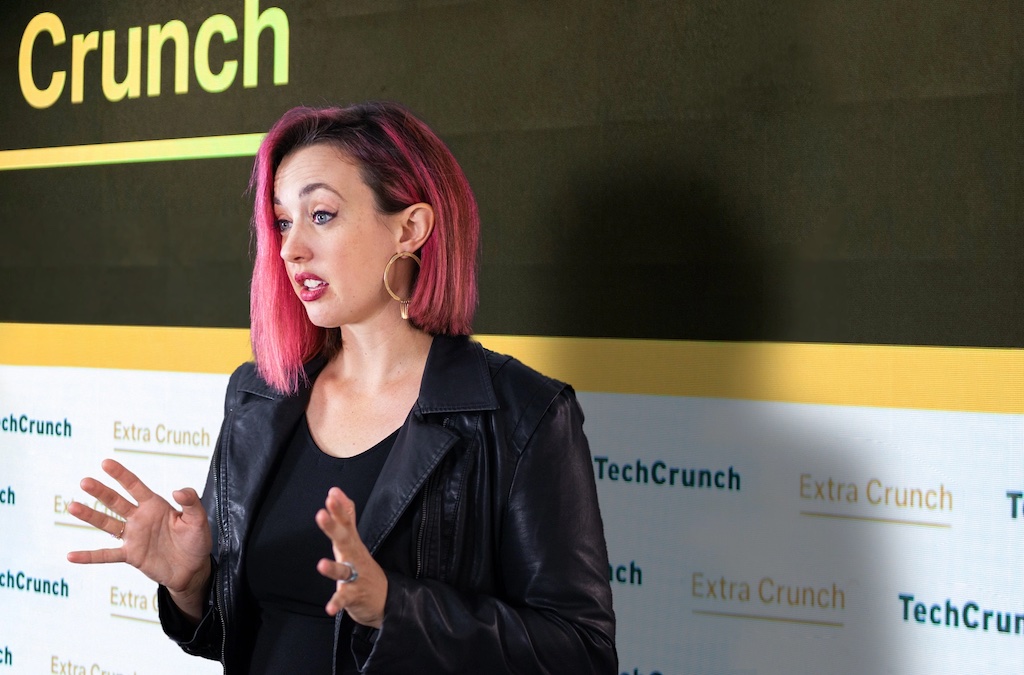Here’s another edition of “Ask Sophie,” the advice column that answers immigration-related questions about working at technology companies.
“Your questions are vital to the spread of knowledge that allows people all over the world to rise above borders and pursue their dreams,” says Sophie Alcorn, a Silicon Valley immigration attorney. “Whether you’re in people ops, a founder or seeking a job in Silicon Valley, I would love to answer your questions in my next column.”
TechCrunch+ members receive access to weekly “Ask Sophie” columns; use promo code ALCORN to purchase a one- or two-year subscription for 50% off.
Dear Sophie,
After three tries, I was finally selected this year in the H-1B lottery! What do we do next?
— Wondering Winner
Dear Sophie,
I’m on STEM OPT. My employer put me in this year’s H-1B lottery for the third time, but I wasn’t selected again! What do I do?
— Lottery Loser
Dear Wondering and Lottery,
USCIS received enough electronic lottery registrations to max out the number of H-1Bs that can be allocated in the new fiscal year.
Thank you both for reaching out to me! Since your questions are on the minds of thousands of others who are in the same situation, I wanted to address them together. My colleague Nadia Zaidi and I offer some guidance on both of these questions in this podcast.
Yesterday, U.S. Citizenship and Immigration Services (USCIS) announced that it received enough electronic lottery registrations to reach the maximum total number of H-1Bs that can be allocated in the new fiscal year. All employers have been notified if their candidates were selected and the attorney and employer can download the PDF confirmation through the USCIS portal.
The selection notices started trickling in over the weekend, including on Saturday and Sunday, well before the end of the month. We don’t yet know how many H-1Bs were submitted in this year’s lottery, but based on the selection percentages, many experts are estimating that there could have even been more than last year’s record-breaking number of 483,927 for the 85,000 available spots, because selection rates for the master’s cap and regular cap both seem to have decreased for many colleagues in the field.
Let me dive into Wondering’s question first in a little more detail and provide some insight on what employers and beneficiaries need to do now for individuals who are selected. Keep in mind — this is only a stepping stone to having an H-1B, and getting selected means that you have the chance to apply, so you need to continue to pay careful attention to this process.
What do I do now that my H-1B registration was selected?

Image Credits: Joanna Buniak / Sophie Alcorn (opens in a new window)
First of all, congratulations to you and your employer! This is a significant milestone for both of you. If you were an international student in the U.S., this amazing step might provide you with a little more ease, especially if you have gone through the lottery for multiple successive years.
You and your employer should familiarize yourself with the process and upcoming deadlines. Your employer will have at least 90 days, likely until June 30, 2023, to submit an H-1B application on your behalf to USCIS. This requires that you first get U.S. Department of Labor (DOL) approval of a Labor Condition Agreement (LCA) to include with the H-1B application. For the LCA, your employer agrees to pay you the prevailing wage based on your position and geographical location to ensure you are compensated fairly. Your employer also attests that hiring you will not have a negative impact on the wages and working conditions of American workers.
You’ll need to confirm key details, and I always recommend that all employers work with experienced immigration attorneys to file their H-1Bs — they are high-stakes and getting the details right matters. Some of the factors to pay attention to include where you are in the world and your international travel plans, how long you are maintaining status if you are in the U.S., whether you’re applying for a change of status or consular processing, and if you plan to work from home or have multiple worksites.
The earliest you can begin working on an approved H-1B is Oct. 1, 2023, the beginning of the federal government’s fiscal year. If you are an F-1 student on Optional Practical Training (OPT) or STEM OPT, which is the two-year OPT extension for STEM graduates, and your final year of eligible work authorization is scheduled to end before Oct. 1, you’ll be ok!
Ask Sophie: What to do if selected/not selected in H-1B lottery? by Jenna Routenberg originally published on TechCrunch
from TechCrunch https://ift.tt/PZcMUJl


0 Comments